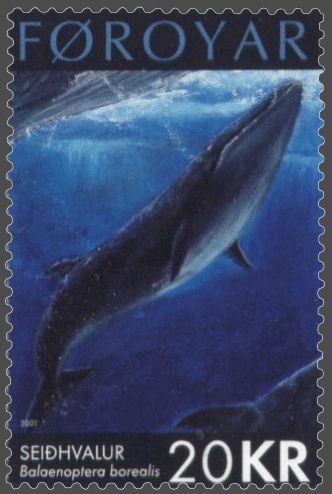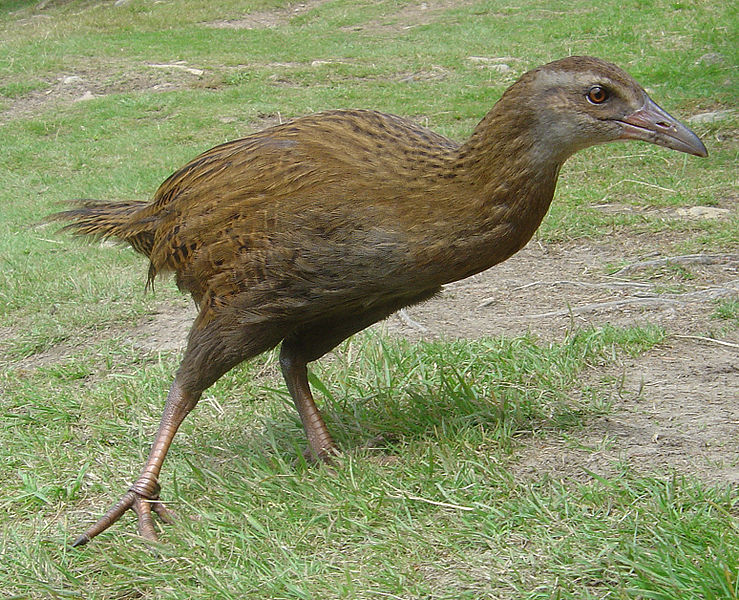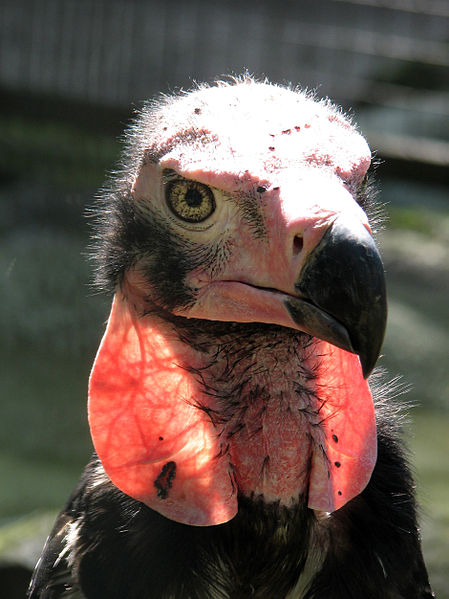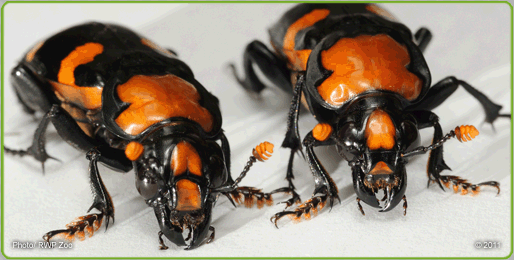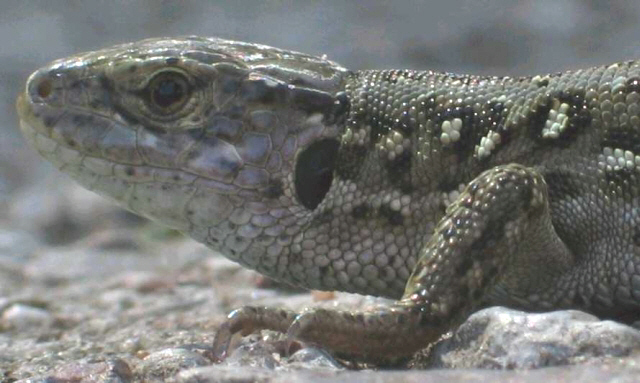
I sincerely hope everyone enjoyed the last couple of weeks while I was out of town. I almost forgot that I had to actually write up a new Wild Fact today as I was use to them simply auto-posting. We are going to start the week off with a little trip to Europe (and parts of Asia). This is the perfect place to learn about the Sand Lizard. This particular lizard is actually protected in the majority of the European countries as their populations are dangerously low.
The Sand Lizard is a fairly small animal which can get up to 20 cm (7.8″) in length and weigh about 15 g (0.5 oz). They are usually light brown with dark markings, however, the males are famous for changing their colours. In an effort to impress the ladies the male Sand Lizard will change into a bright green colour during the mating season. So if you want to see the green version of the Sand Lizard you had better plan your visit for early summer.
During this summer mating season the female will lay her eggs in the sand and let the heat incubate her babies. Just so you know, the Sand Lizard is the only lizard species in Britain that actually lays eggs. These eggs will usually hatch in late summer without much parental care. I bet when the kids are screaming as you are trying to get them ready for school you just dream about being a Sand Lizard. You know, drop your kids off at the beach in early summer and let them take care of themselves, while you enjoy a peaceful summer vacation. So perhaps this is why I don’t have any children?
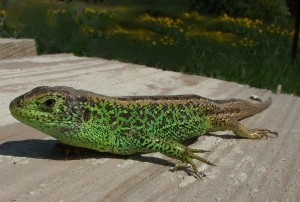
As you can imagine the small size of the Sand Lizard makes them a target for many predators including birds, cats and dogs. When not being attacked by a variety of animals the Sand Lizard is doing its own attacking. They love feasting on invertebrates such as grasshoppers and spiders. This particular lizard relies heavily on their keen eyesight and quick, strong tongue to catch their unsuspecting prey.
Sand Lizard Fast Fact – As I mentioned the populations of Sand Lizards across Europe are dwindling. This is a result of habitat loss which doesn’t come as much of a surprise if you look at how developed Europe has become. The Sand Lizard is considered to be at threat of extinction which is why they are protected through much of their range. Hopefully it is enough for this little colour changing lizard to flourish once again.
Thanks for joining me on this wonderful Monday. I hope you all enjoyed today’s fact and will join me tomorrow for another fun fact. Have a great day folks!

